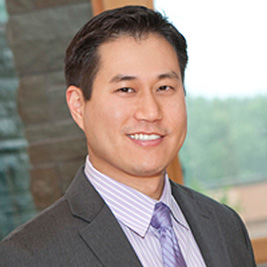
Joseph Lee, M.D., is a child and adolescent psychiatrist and medical director for Hazelden’s Youth Continuum.
On Monday the state released its biannual report on drug use trends in Minnesota, showing a spike in the use of opiates and synthetic drugs. The public may be unaware of the hidden relationships between these trends and why they are so disturbing. Allow me to share some of my observations. Since I work with teenagers and young adults, I have their interests at heart as I interpret these statistics.
The report states that in 2000, heroin users accounted for 3.3 percent of treatment admissions in the Twin Cities, while other opiate users accounted for a mere 1.4 percent. In 2011, those figures jumped to 10 percent for heroin and 9.3 percent for other opiates. This dramatic increase mirrors statistics from other states, further validating its grim reality. Once we look under the hood, the statistics suggest a few other things.
First, and most obvious, they suggest an increase in opiate users across the Twin Cities. Those addicted to opiates are more likely to have greater treatment needs or fail lower levels of care. This is supported by data across the country that show an increasing number of opiate users ending up in residential treatment, a placement usually indicated for more severe cases. The statistics call for an open-minded examination of the merits of current treatments for opiate users.
Many people think of heroin addiction as a problem in more troubled areas of the city, far away from the comforts of their neighborhoods. The frightening reality, however, is that our problem with heroin is really an aftermath of our prescription drug epidemic, which afflicts our loved ones right at home. A great majority of prescription drug abusers obtain their drugs from family or friends; that alone should catch the attention of anyone who dismisses the state’s report as far removed and irrelevant.
I have treated thousands of young people from across the country, and I can name only a handful of them who jumped to heroin before first tryingoxycodone or any number of other prescribed opiates. I am not suggesting that prescription opiates are a gateway drug. I do not subscribe to the gateway theory from a neurobiological perspective. But I do believe that when young people try strawberry ice cream, they might be more willing to try vanilla ice cream, especially if strawberry is less available and if vanilla costs far less. Furthermore, even young addicts well versed in other drugs frown on heroin use. They don’t progress to heroin use due to an affinity; they go there out of desperation and availability. If we can curb prescription drug abuse, we have a chance at curbing our cities’ reputation for heroin use.
Recently, the American Society of Addiction Medicine released a new policy statement for prescription drug abuse, part of which emphasizes mandatory training for prescribers about addiction and diversion. The wisdom is that no provider should offer treatment or care if he cannot at least recognize the downside of that treatment. Some prescribers may perceive this as intrusive, since mental health and addiction are not their realms of expertise. I would suggest that we physicians have been a part of the problem for far too long. We have a moral and ethical duty to change, even while recognizing that plenty of greater systematic failures perpetuate the problem.
